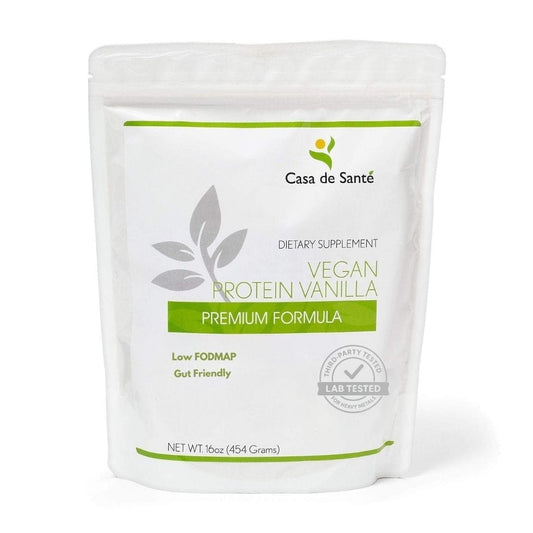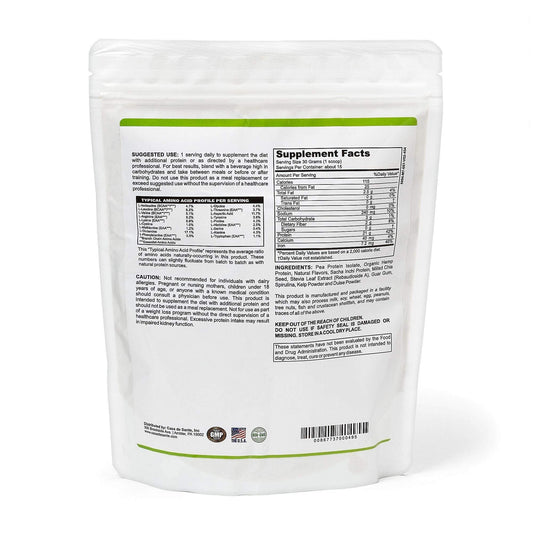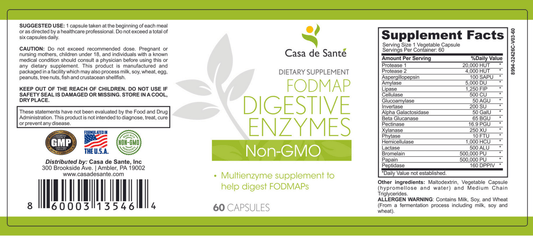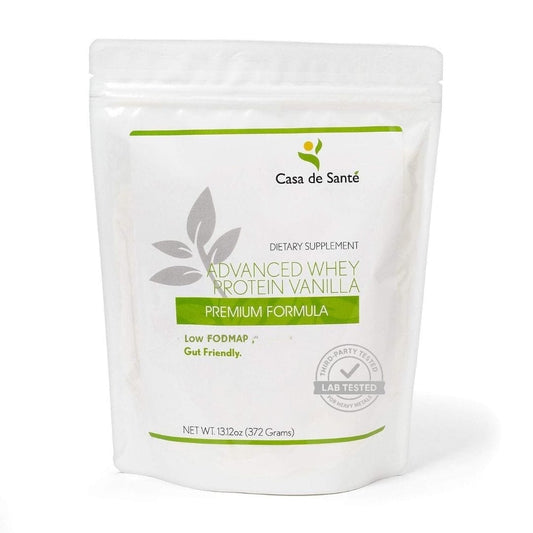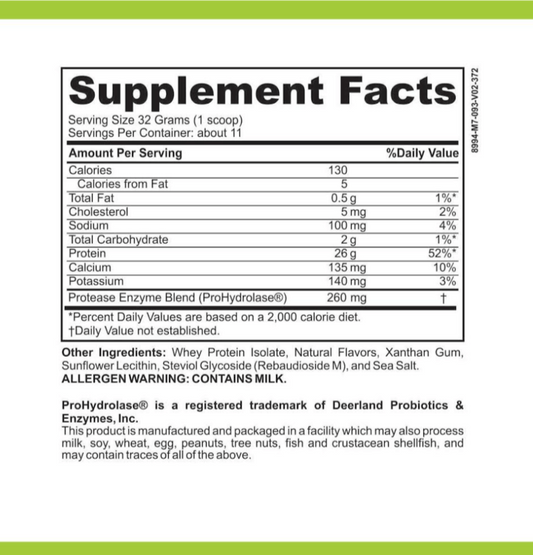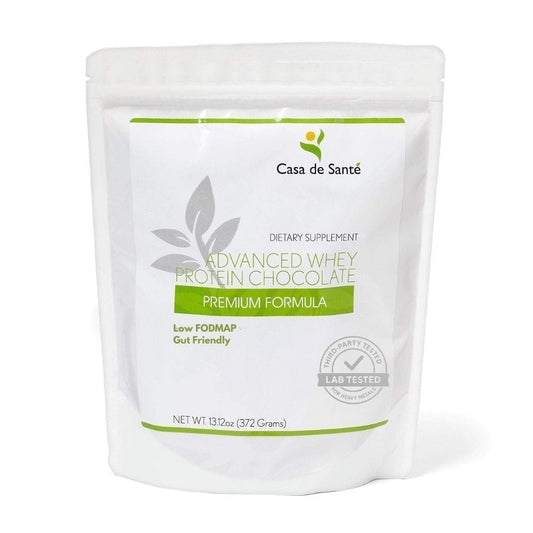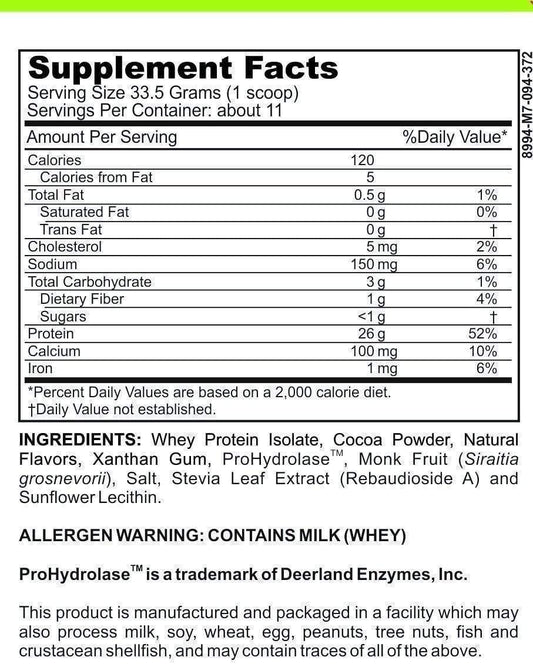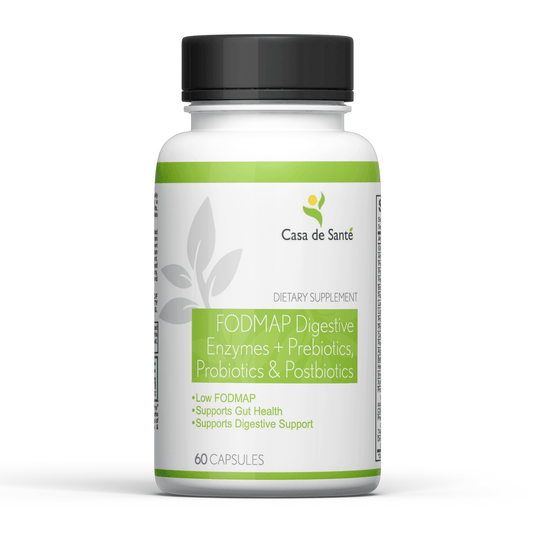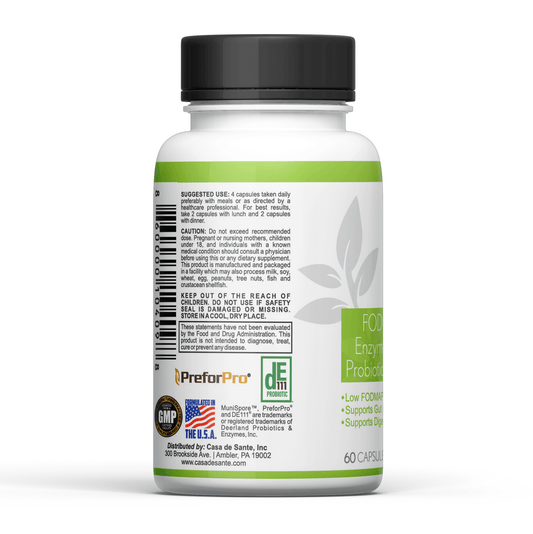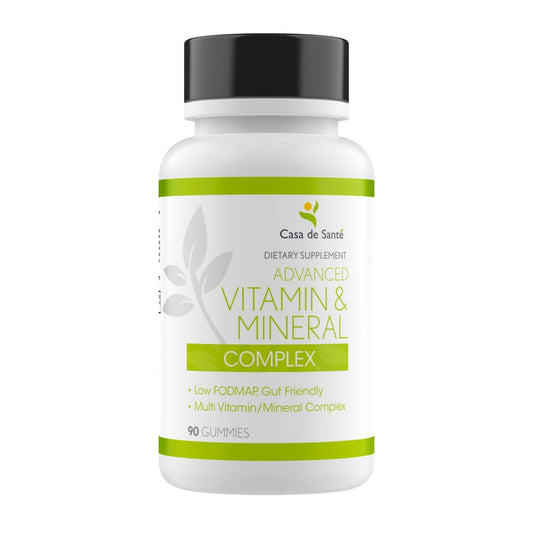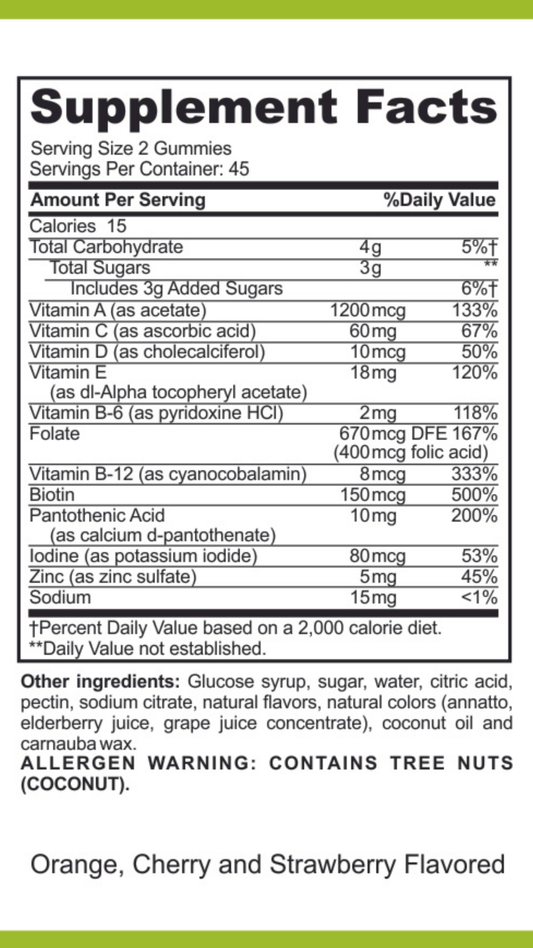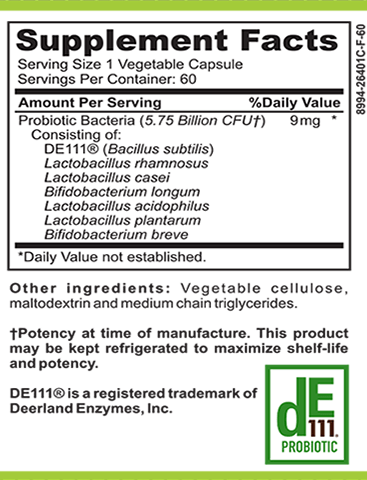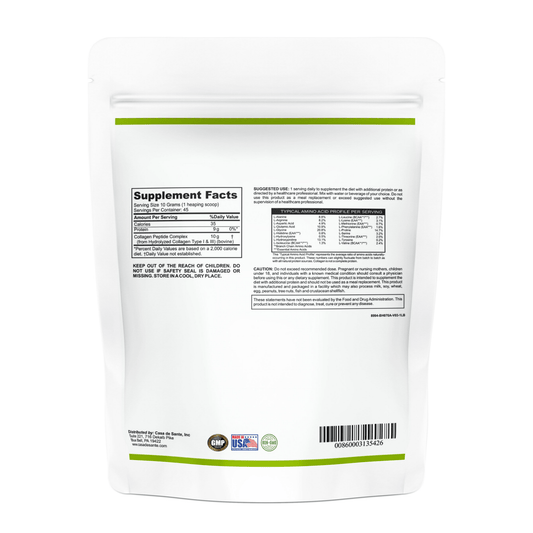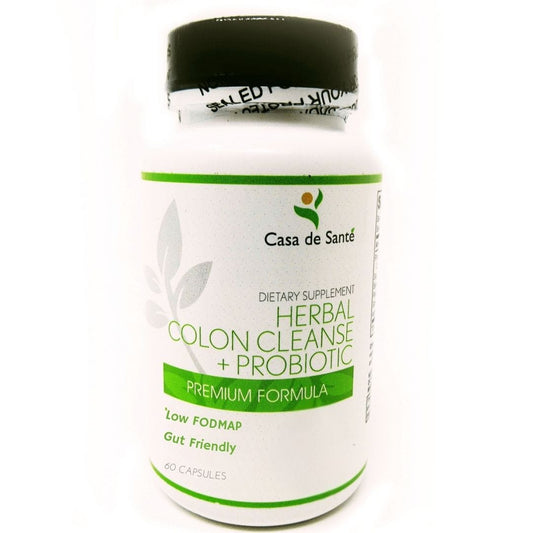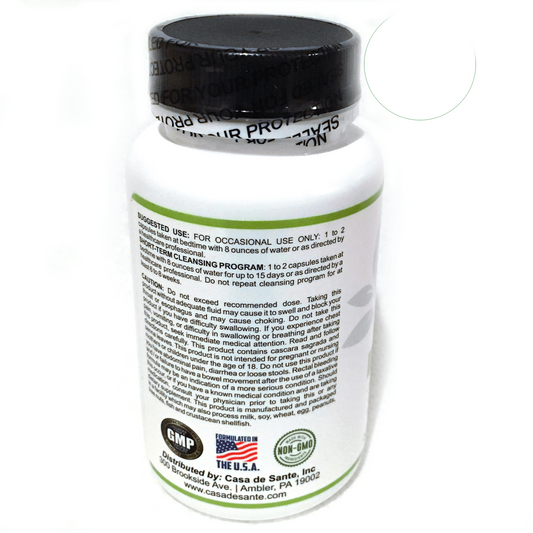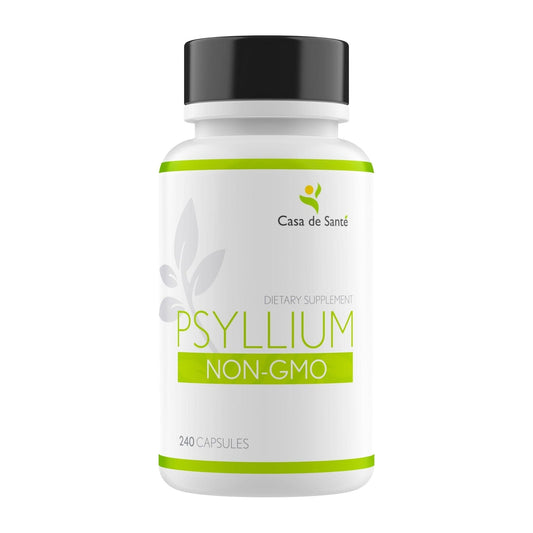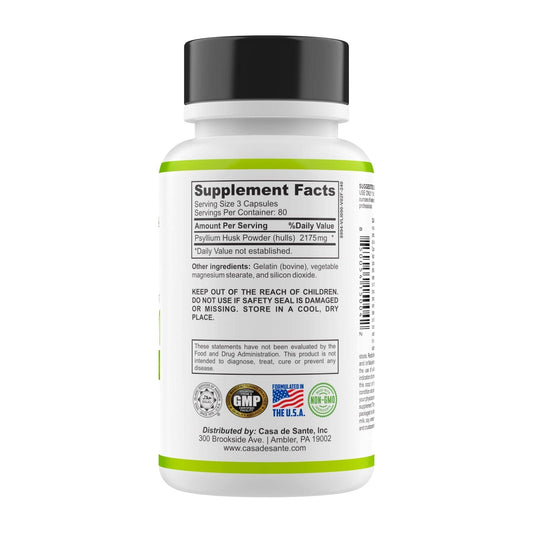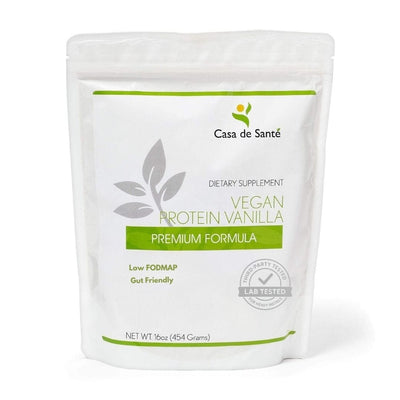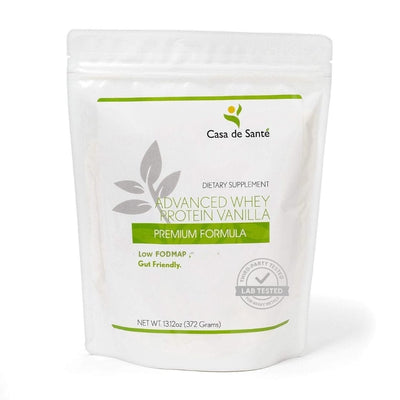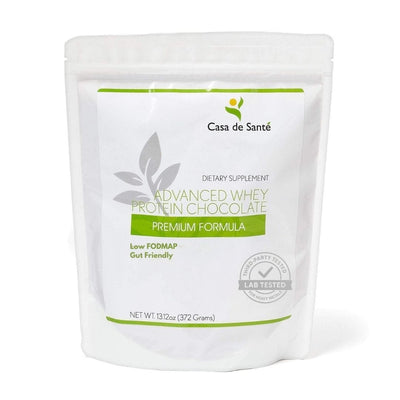How to Help POTS Flare Up: Effective Strategies for Relief
Living with Postural Orthostatic Tachycardia Syndrome (POTS) can be a real challenge. If you're looking for ways to manage flare-ups, you're in the right place. This article explores practical strategies to help you cope with POTS symptoms and improve your daily life. From understanding what triggers your symptoms to finding effective relief techniques, we've got you covered. Let's get started on how to help POTS flare up and find some relief together!
Key Takeaways
- Recognize your POTS symptoms and identify what triggers them.
- Use cooling techniques to manage temperature and prevent flare-ups.
- Adjust your diet to include more sodium and stay hydrated.
- Start exercising gently and gradually increase your activity level.
- Create a flexible routine that accommodates your symptoms.
Understanding POTS Symptoms
Identifying Common Symptoms
Okay, so you think you might have POTS? The first step is really understanding what the heck it even is. POTS, or Postural Orthostatic Tachycardia Syndrome, is basically a condition that messes with your autonomic nervous system. This system controls all the stuff your body does without you even thinking about it, like heart rate, blood pressure, and even digestion. When it goes haywire, things get weird.
Here's a quick rundown of symptoms I've experienced:
- Dizziness or lightheadedness upon standing (the big one!)
- Brain fog and trouble concentrating
- Fatigue that just won't quit
- Heart palpitations or a racing heart
- Nausea and sometimes even vomiting
Recognizing Flare-Up Triggers
So, you've been diagnosed with POTS. Now comes the fun part: figuring out what sets off those awful flare-ups. It's like being a detective in your own body! For me, it's a combination of things. Heat is a HUGE trigger. I can barely function in the summer. Stress is another big one. If I'm super stressed at work, I know I'm going to pay for it later. Dehydration is also a sneaky culprit. If I don't drink enough water, my symptoms get way worse. Keeping a symptom journal can really help you pinpoint your POTS symptoms and patterns.
The Role of Stress in POTS
Stress and POTS? They're like two peas in a pod, and not in a good way. When you're stressed, your body goes into fight-or-flight mode, releasing a bunch of hormones like adrenaline. This can cause your heart rate to skyrocket, which is exactly what you don't want when you have POTS. It's a vicious cycle: stress makes POTS worse, and POTS makes you more stressed. Finding ways to manage stress is absolutely crucial.
I've found that even small changes can make a big difference. Things like taking short breaks during the day to do some deep breathing, going for a walk in nature, or just spending time with loved ones can really help to keep my stress levels in check. It's not a cure-all, but it definitely makes a difference.
Temperature Management Techniques
Dealing with temperature changes can be a real challenge when you have POTS. It's like your body's thermostat is constantly on the fritz. Here's what I've learned about keeping things cool (or warm) and steady.
Using Cooling Vests and Fans
Cooling vests can be a game-changer, especially during the summer months or when you're exercising. I remember one particularly hot day when I was helping my friend move. I thought I was going to pass out from the heat, but then I remembered my cooling vest. It made a world of difference!
- Cooling vests are great for longer outings.
- Fans, especially personal ones, offer quick relief.
- Misting bottles can also help you cool down quickly.
I've found that keeping a small, battery-operated fan in my bag is super helpful. It's not as effective as a cooling vest, but it's great for a quick cool-down when I'm feeling overheated. Plus, it's small enough to carry around without being a burden.
Dressing for Temperature Control
Dressing in layers is key. That way, you can easily adjust to changing temperatures. Light, breathable fabrics are your best friend. Think cotton, linen, and moisture-wicking materials. I always check the weather forecast before I leave the house, but I also pack an extra layer just in case.
- Choose light colors to reflect sunlight.
- Avoid tight-fitting clothing that can restrict blood flow.
- Consider wearing compression socks to help with blood pooling.
Hydration and Temperature Regulation
Staying hydrated is super important for regulating your body temperature. Dehydration can make POTS symptoms worse, so I always carry a water bottle with me. I also like to add electrolytes to my water, especially when I'm sweating a lot. IV therapy can also be helpful if you're struggling to stay hydrated.
- Drink plenty of water throughout the day.
- Eat hydrating foods like fruits and vegetables.
- Avoid sugary drinks, which can actually dehydrate you.
Dietary Adjustments for Relief
Increasing Sodium Intake
Okay, so, sodium. It's kind of a big deal when you're dealing with POTS. Basically, more salt helps you hold onto water, which can keep your blood pressure from dropping too much when you stand up. I've started adding a pinch of sea salt to, like, everything. Seriously, eggs, veggies, even my morning oatmeal sometimes. You can also look for salty snacks. Olives are great, and so are pickles. Just watch out for the bloating if you go overboard. Nutrition labels are your friend here; they'll tell you exactly how much sodium you're getting.
Incorporating Hydrating Foods
Staying hydrated is super important, but it's not just about chugging water all day. Eating foods with high water content can make a big difference too. Think watermelon, cucumbers, and strawberries. I've been making smoothies with spinach, berries, and coconut water – it's a tasty way to get extra fluids and nutrients. Plus, these foods often have electrolytes, which is a bonus. I try to aim for at least one hydrating food with every meal. It's a small change that can really help.
Avoiding Trigger Foods
This one's a bit of a trial-and-error thing, because everyone's different. But some foods can definitely make POTS symptoms worse. For me, it's anything super processed or sugary. I've also noticed that big meals can be a problem, probably because all the blood rushes to my stomach to digest, leaving less for the rest of my body. I've switched to eating smaller, more frequent meals, and that seems to help. Some people also find that gluten or dairy are triggers, so it might be worth experimenting to see if cutting those out makes a difference. Keep a food diary to track what you eat and how you feel afterward. It can be a pain, but it's worth it to figure out what works for you.
I found that cutting out artificial sweeteners made a huge difference in my energy levels. It wasn't easy, but it was worth it. Now I feel much more stable throughout the day.
Exercise Strategies for POTS
Starting with Gentle Movements
When you're dealing with POTS, the idea of exercise can feel super daunting. But, it's actually a really important part of managing symptoms. The key is to start slow and gentle. Think about activities like stretching, recumbent exercises, or even just walking around your house a little bit. The goal here isn't to push yourself, but to get your body used to moving without triggering a flare-up. Listen to your body and don't be afraid to take breaks.
Incorporating Compression Garments
Compression garments can be a game-changer when you're trying to exercise with POTS. They help to keep blood from pooling in your lower legs, which can reduce dizziness and lightheadedness. There are tons of options out there, from socks to leggings, so find what works best for you. Some people find that compression socks and an abdominal binder work best together. Experiment and see what makes you feel the most stable and supported.
Gradual Progression to Upright Activities
Once you've built a base with gentle movements, you can start to gradually increase the intensity and duration of your workouts. The important thing is to take it slow and listen to your body. If you start to feel dizzy or lightheaded, stop and rest. Over time, you can work your way up to more upright activities like walking, jogging, or even dancing. Remember, it's not a race. It's about finding a sustainable exercise routine that helps you manage your POTS symptoms and improve your overall quality of life.
It's easy to get discouraged when you're first starting out with exercise and POTS. You might have days where you feel like you're taking steps backward. But don't give up! Consistency is key. Even if you can only do a few minutes of exercise each day, it's still making a difference. Celebrate your small victories and remember that you're doing something amazing for your health.
Scheduling and Routine Modifications
Planning Activities Around Symptoms
Living with POTS means you can't just barrel through your day like everyone else. You've got to think strategically about when you do what. Pay attention to when your symptoms tend to be better or worse. For many, mornings are rough, so maybe that's not the best time to schedule a big grocery run. Instead, try to tackle demanding tasks during your better hours. Keep a symptom diary for a couple of weeks. Note the time of day, what you were doing, and how you felt. This can reveal patterns you didn't realize were there.
Creating a Flexible Schedule
Rigidity is the enemy when you have POTS. A schedule packed with back-to-back commitments is a recipe for disaster. Build in wiggle room. If you think something will take an hour, budget an hour and a half. This way, if you need to pause and rest, you won't throw off your whole day.
- Don't overschedule.
- Prioritize tasks.
- Learn to say no.
It's okay to adjust plans. If you wake up feeling awful, don't force yourself to stick to the original agenda. Listen to your body and be willing to change things up. Maybe that means postponing an appointment or asking someone else to handle a chore.
Establishing a Morning Routine
Mornings can be especially tough with POTS. Rushing around only makes things worse. Create a slow, deliberate morning routine that minimizes stress.
- Set your alarm a bit earlier to avoid feeling rushed.
- Before even getting out of bed, do some gentle leg exercises to get your blood flowing.
- Drink a glass of water with electrolytes.
- Get dressed sitting down to conserve energy.
Consider prepping as much as possible the night before. Lay out your clothes, pack your lunch, and gather anything else you'll need. This way, you can ease into the day without overwhelming your system.
Behavioral Techniques for Symptom Management
Counter-Maneuvers for Standing
When you're standing and start to feel those familiar POTS symptoms creeping in, counter-maneuvers can be a real game-changer. These are simple physical actions you can take to help stabilize your blood pressure and reduce that lightheaded feeling. One effective technique is to tense your leg muscles repeatedly. This helps to push blood back up towards your heart and brain. Crossing your legs tightly can also provide a similar benefit. Experiment to see what works best for you, and don't hesitate to use these maneuvers frequently throughout the day, especially when you know you'll be standing for extended periods.
Breathing Exercises for Relaxation
Breathing exercises are a simple yet powerful tool for managing POTS symptoms, especially when stress and anxiety kick in. Deep, controlled breathing can help regulate your heart rate and calm your nervous system. Here's a simple one to try:
- Find a quiet place to sit or lie down.
- Close your eyes and focus on your breath.
- Inhale slowly and deeply through your nose, filling your belly with air.
- Exhale slowly and completely through your mouth.
- Repeat for 5-10 minutes.
Regular practice of these exercises can lead to a noticeable reduction in symptom severity and an improved sense of well-being. It's all about finding what works for you and making it a part of your daily routine. You can also try mindfulness techniques to help with relaxation.
Mindfulness and Stress Reduction
Stress can be a major trigger for POTS flare-ups, so finding effective ways to manage stress is essential. Mindfulness practices, such as meditation and yoga, can help you become more aware of your body and your reactions to stress. Even a few minutes of mindfulness each day can make a difference. Consider exploring different techniques to find what resonates with you. There are tons of apps and online resources available to guide you through the process. Remember, it's about progress, not perfection.
Medication Options and Consultations
Discussing Off-Label Medications
Sometimes, managing POTS involves exploring medications that weren't initially designed for it. These are called off-label uses. It's like using a screwdriver to open a can of paint – it wasn't made for that, but it can work. For example, some doctors might prescribe certain drugs typically used for blood pressure or anxiety to help manage POTS symptoms. The tricky part is that because these uses are off-label, there might be less research specifically on their effects for POTS. It's super important to have a detailed chat with your doctor about the potential benefits and risks before trying anything like this. They can help you weigh whether it's the right move for your specific situation. You can also look into cognitive behavioral therapy to help manage your symptoms.
Understanding the Role of Prescriptions
Prescription medications can play a big role in managing POTS, but it's not a one-size-fits-all situation. What works for one person might not work for another. Common prescriptions include:
- Midodrine: Helps raise blood pressure.
- Beta-blockers: Can slow down heart rate.
- Fludrocortisone: Helps the body retain sodium and fluids.
It's important to remember that medications are just one piece of the puzzle. Lifestyle changes, like increasing salt and fluid intake, are often recommended alongside prescriptions. Finding the right balance can take time and patience, so don't get discouraged if the first thing you try doesn't solve everything.
Consulting with a Specialist
Navigating POTS can be complex, and sometimes your regular doctor might not have all the answers. That's where a specialist comes in. A cardiologist (heart doctor) or a neurologist (brain and nerve doctor) with experience in POTS can be a game-changer. They can run more specialized tests, offer different treatment options, and help you create a plan that's tailored to your specific needs. Think of them as detectives, digging deeper to understand what's going on and how to best manage it. Don't hesitate to seek out a medical subscription if you're feeling lost or like your current treatment isn't cutting it.
Wrapping It Up
Living with POTS can be a real challenge, but there are ways to make it easier. Keeping track of what triggers your symptoms is key. You can also try to stay cool and comfortable, especially when the weather gets hot. Having a go-bag ready for when you’re out can help too. Remember, it’s all about finding what works for you. Whether it’s adjusting your diet, using compression garments, or just taking things slow, every little bit helps. Don’t forget to lean on your support system and talk to your doctor about what you’re experiencing. You’re not alone in this, and with the right strategies, you can manage your symptoms better.
Frequently Asked Questions
What are the common symptoms of POTS?
Common symptoms of POTS include feeling dizzy when standing, fatigue, heart racing, and sometimes fainting.
What can trigger a POTS flare-up?
Flare-ups can be triggered by heat, stress, dehydration, and certain foods.
How can I manage temperature if I have POTS?
Using cooling vests, fans, and wearing breathable clothing can help keep your body cool.
What dietary changes can help with POTS?
Increasing salt intake, eating hydrating foods like fruits, and avoiding heavy meals can be beneficial.
What exercises are safe for someone with POTS?
Start with gentle exercises like stretching and slowly work up to more active ones, using compression garments as needed.
Are there medications that can help with POTS symptoms?
Yes, some doctors may prescribe medications off-label to help manage POTS symptoms, but it's important to consult a healthcare provider.

